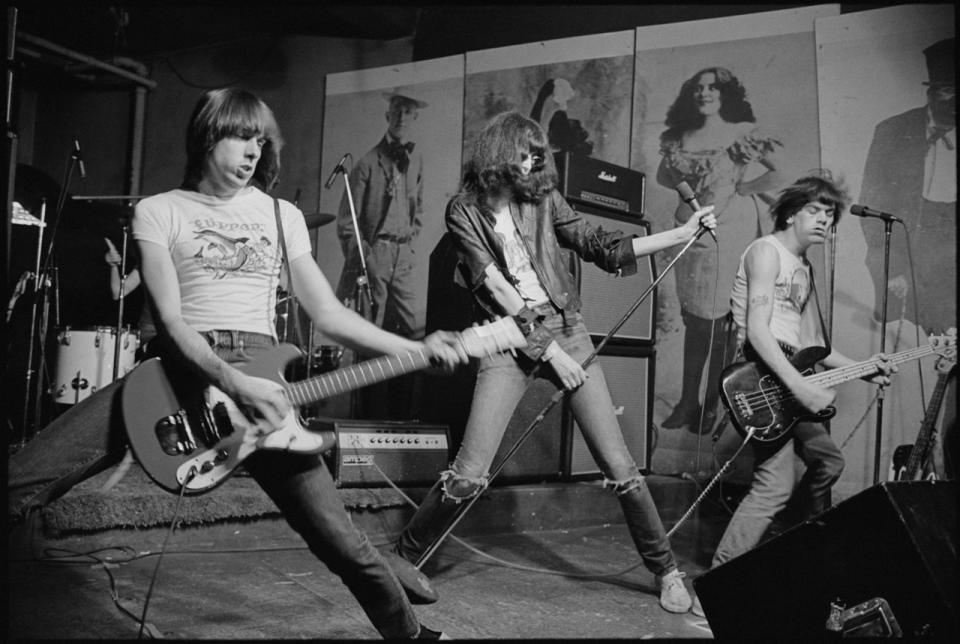The Future of VR: Your Own Private Idaho (or Whatever Else You Want)
Like a Rebel Alliance outpost bracing for an Imperial fleet invasion, the gaming world is preparing for the imminent arrival of the Oculus Rift and competing virtual reality headsets.
This new iteration of VR devices, likely to arrive in the first half of 2016, is widely expected to change the entire trajectory of the video game industry. Paired with turbocharged game-engine technology like the Unreal Engine 4, VR headsets will give players access to virtual worlds of unprecedented detail and depth.
My colleague Ben Silverman smartly contends that you really have to strap one of these headsets on and experience VR to truly grasp what’s happening with this tech. But that doesn’t mean it’s not worth clicking around a little online to see some of the beautiful virtual reality demo videos being put out by game developers working on this stuff. Here’s a promotional video from Epic Games, makers of the Unreal Engine, that gives a sense of what’s on the horizon.
The video is aimed at game developers, so it’s a little wonky, with terms like “temporal anti-aliasing” and “subsurface scattering” getting tossed about. But it suggests the depth of weirdness we’re about to experience.
For a better sense of how this will feel paired with VR headsets like the Oculus Rift, check out this video tour of a virtual Paris apartment that went viral a few months back.
Now imagine experiencing this level of visual detail strapped into a completely immersive VR headset. Your Paris apartment won’t be just a box on a screen. It will occupy your entire field of view, with positional tracking and spatialized audio. Turn your head in the real world, and you’ll look left in the virtual world. That knock on the door behind you will actually be coming from behind you, so far as your neural synapses are concerned. Integrated headphones will process sound as if you’re actually inside that 3D space.
Now then, bearing all that in mind, click on over to this genuinely bananas VR demo of a bullet-time showdown with a lethal robot in a future urban dystopia.
This is the ride we’re in line for. My guess is that it’s going to have a bigger cultural impact than anyone is predicting. Science fiction writers have been noodling around with notions of virtual reality for decades, but when it becomes truly viable and commercially available, things are going to change quickly.
The software required to build these virtual worlds isn’t just going into the hands of the big-marquee games developers — although they’re likely to put out the first wave of titles. The Unreal Engine 4 toolkit is being given away for free — kind of — which means smaller developers and indie studios will start generating new virtual worlds in a hurry.
And not just game studios, either. Potential applications for virtual reality are all over the map, from education to medicine to entirely new forms of interactive storytelling. If the history of the Internet is any indication — and it is — like-minded people tend to swarm around these sorts of opportunities to create their own scene.
Consider a future in which you can drop into a hyperdetailed virtual reality of whatever nerdy-ass thing you’re into. For instance, I have a mild obsession with 1970s New York City, when the streets were still filthy, all those weird bands were playing CBGBs, and Times Square was a perfectly nice place to visit — so long as you had the right kind of gun. I could plug in, tune out, and be a punk rock star for a few hours.

Or 2nd century Scotland, say, when the Romans tried to invade the Highlands, got spanked, and built a wall instead. I could plug in, tune out, and knock around some Roman soldiers for a few days.
In fact, I wouldn’t mind spending some time in a virtual re-creation of my sixth-grade classroom. Maybe on Valentine’s Day, 1982, when Jennifer Samuels broke my heart by refusing my gift of green M&Ms. Perhaps this time around, I give those M&Ms to Tricia Milchner. She was nice. I could plug in, tune out, and change the trajectory of my middle school experience.
You can see the appeal of this sort of thing, and also the danger of free association and lateral drift. So, heads up. Virtual reality is here, and I suspect things are going to get weirder than we’re prepared for. Strange days, indeed.
Glenn McDonald writes about the intersections of technology and culture at glenn-mcdonald.com and via Twitter @glennmcdonald1.

